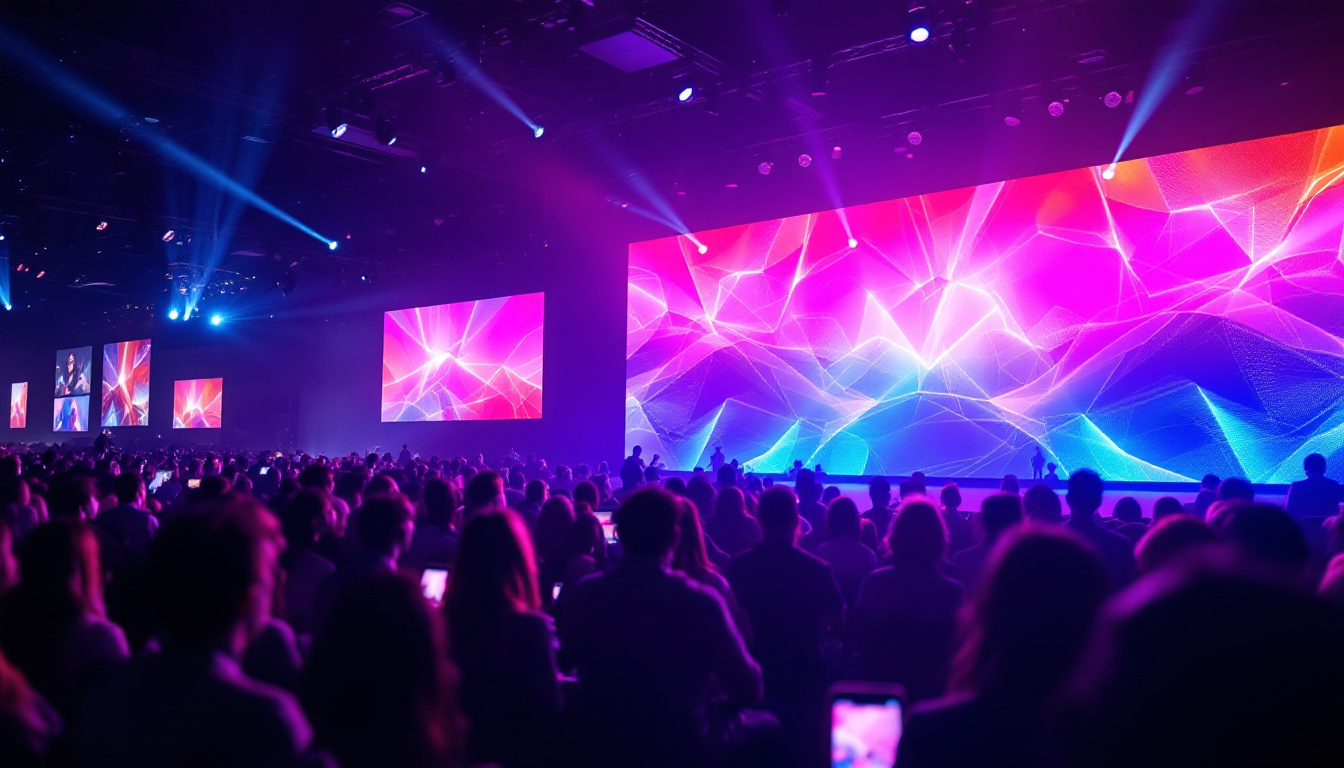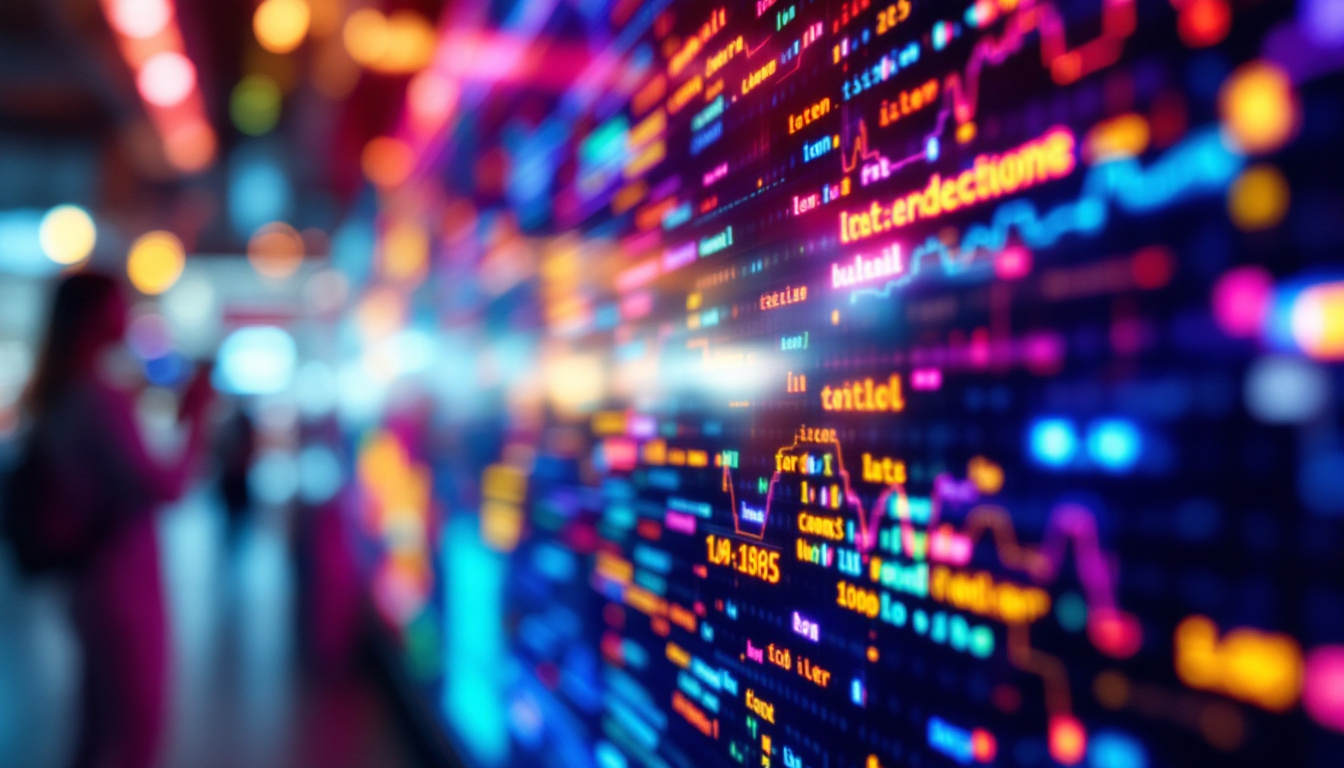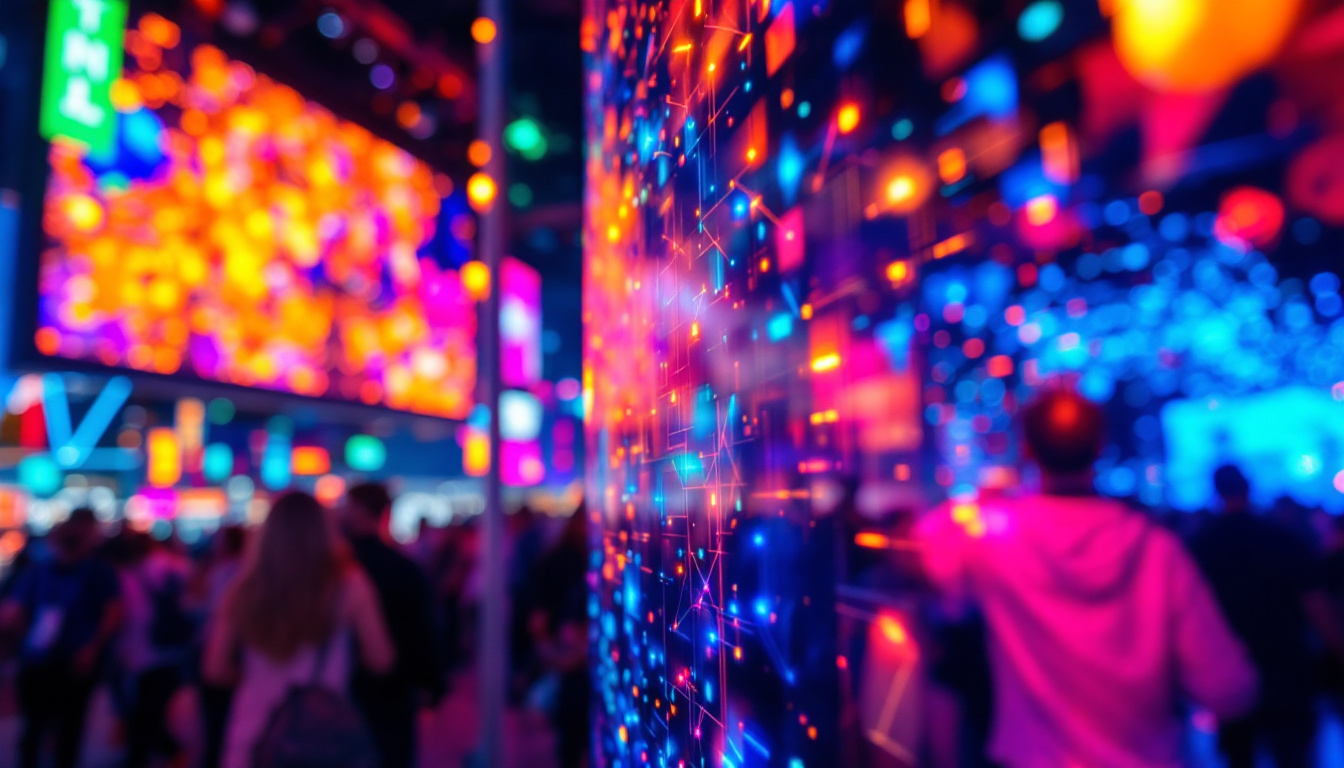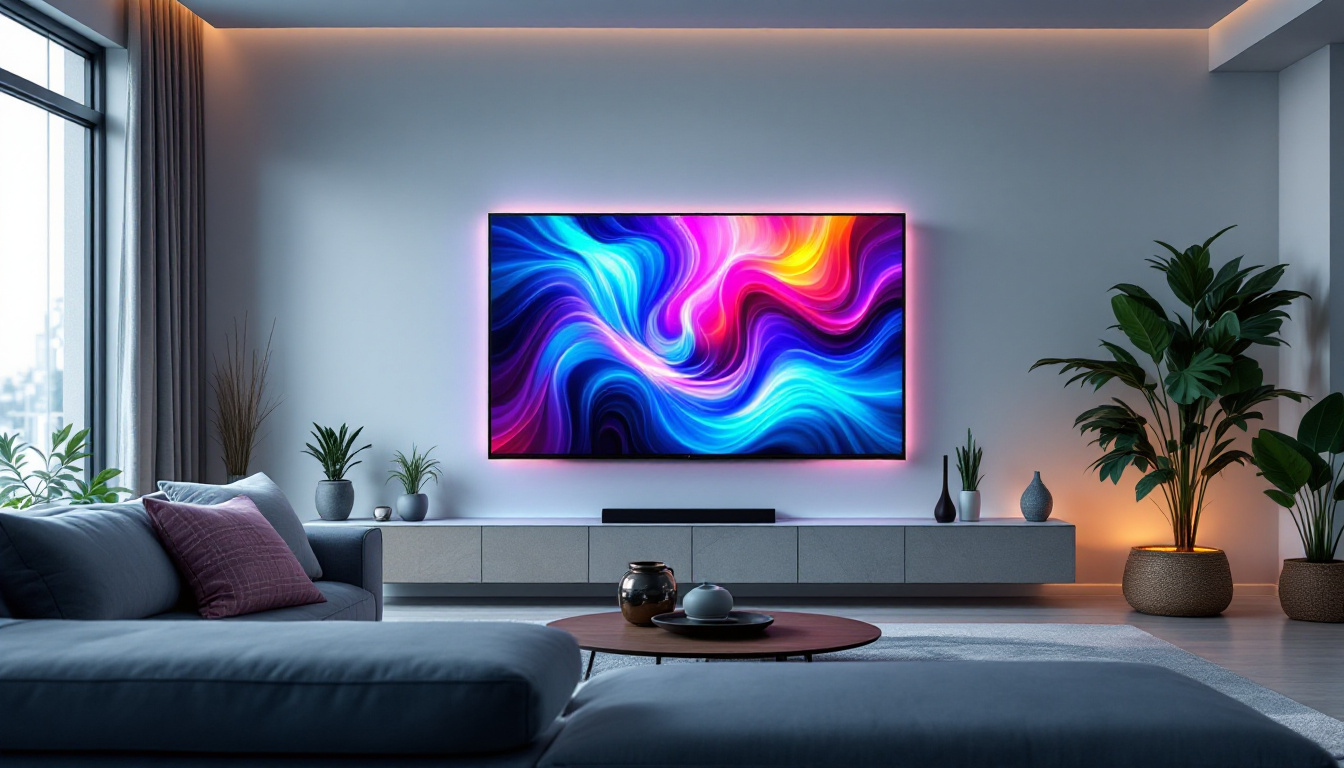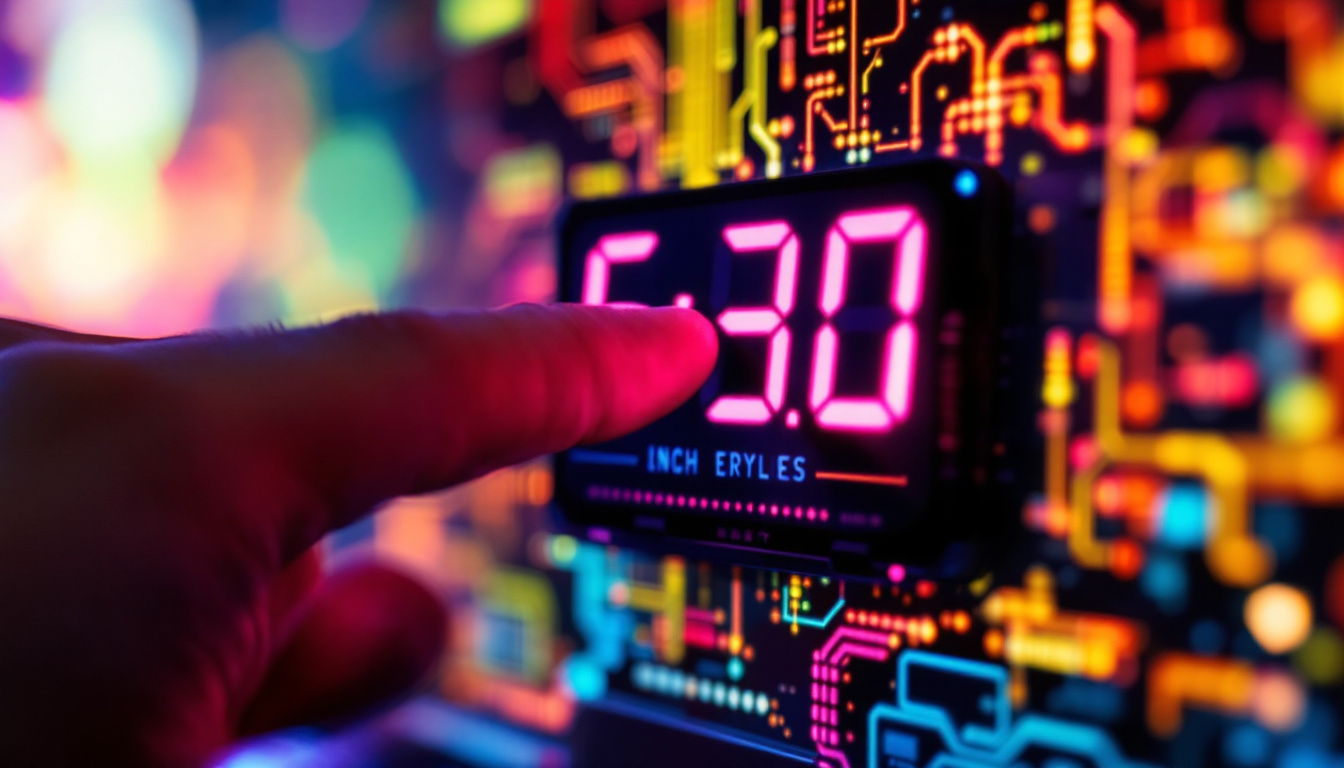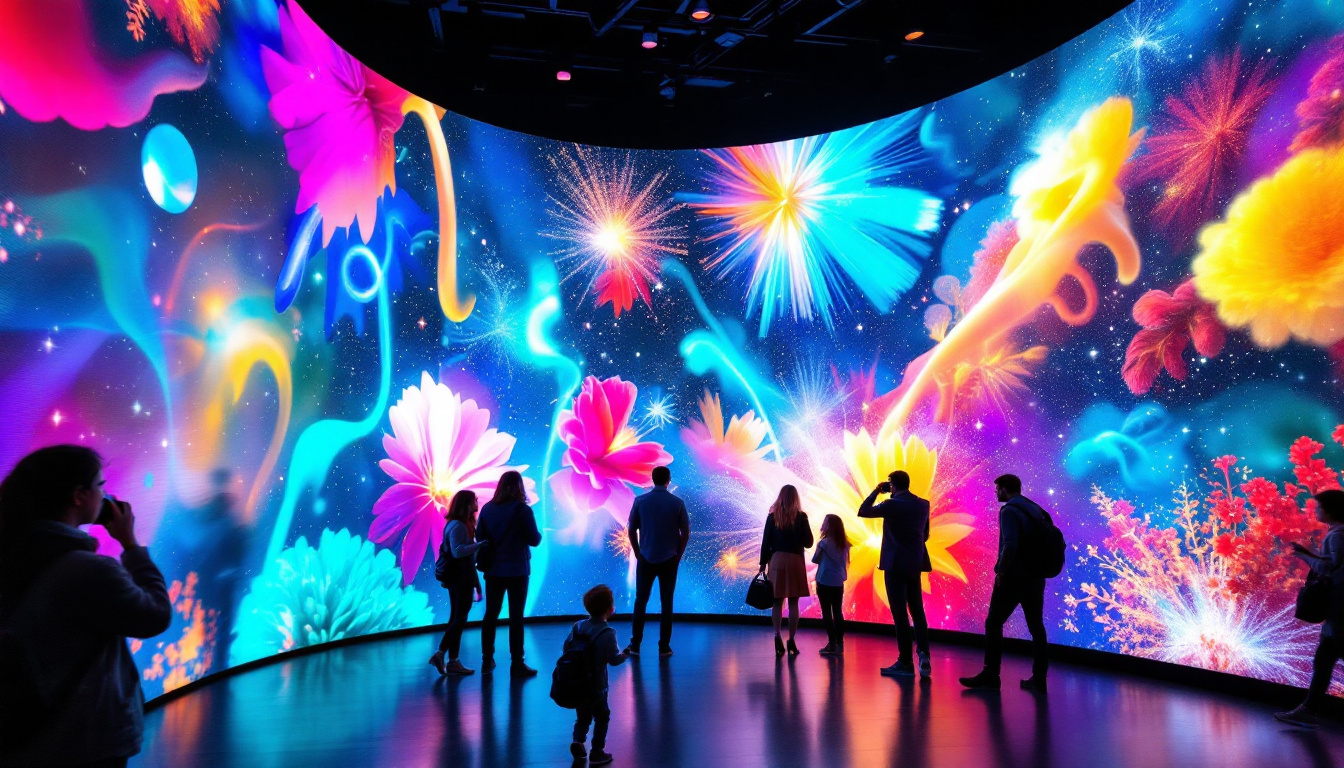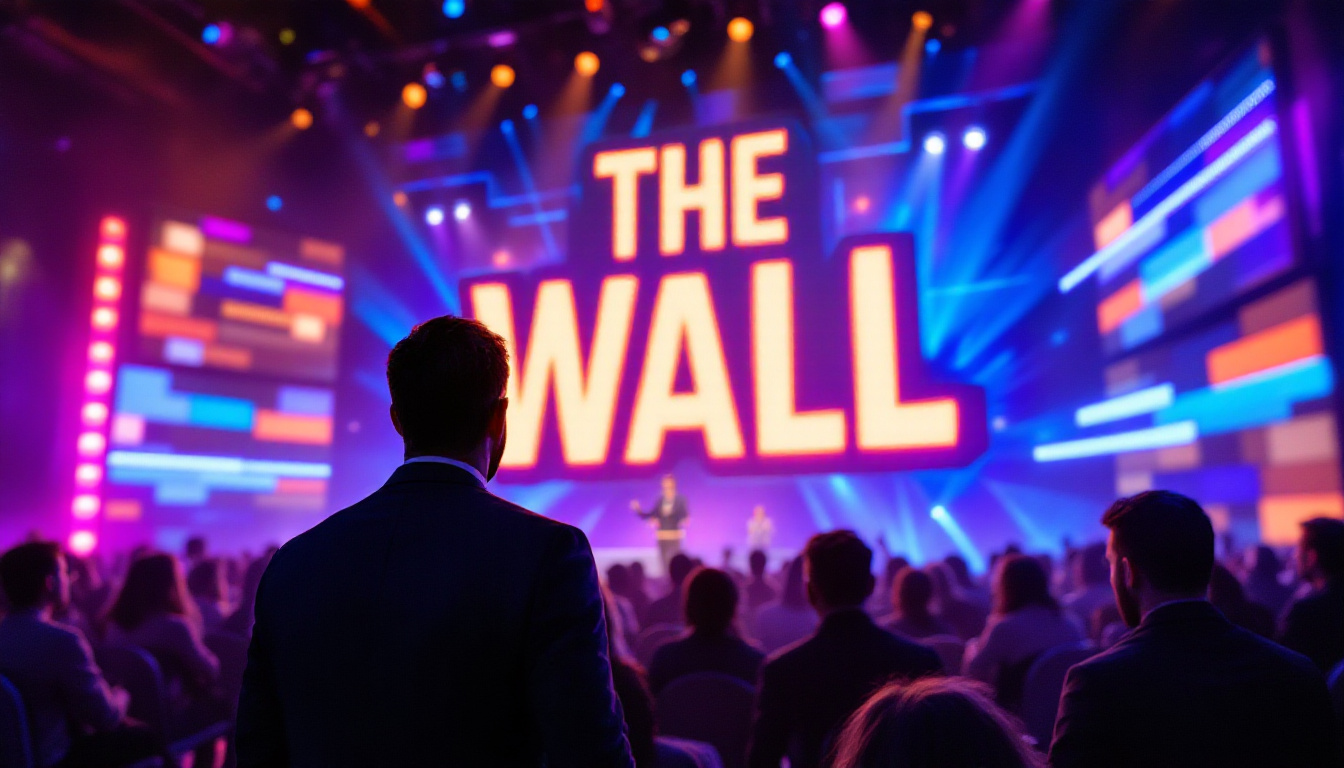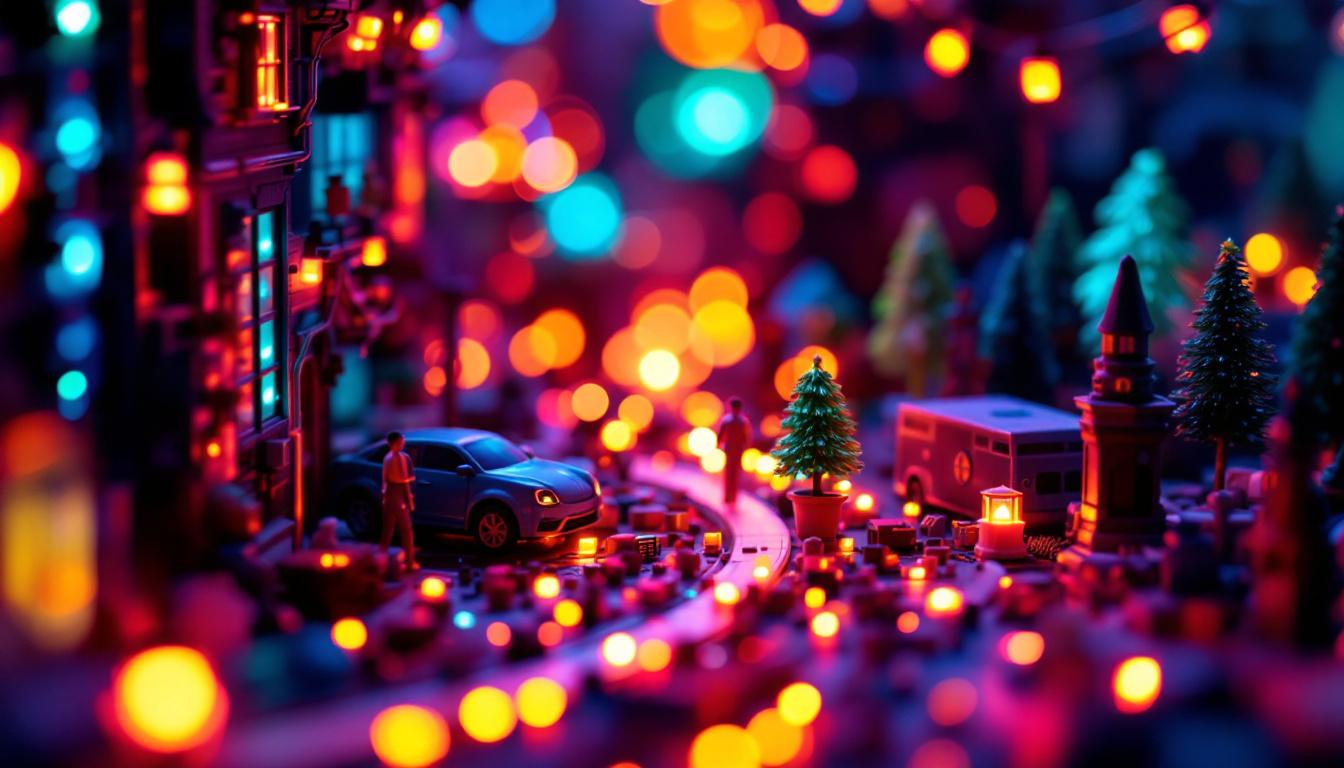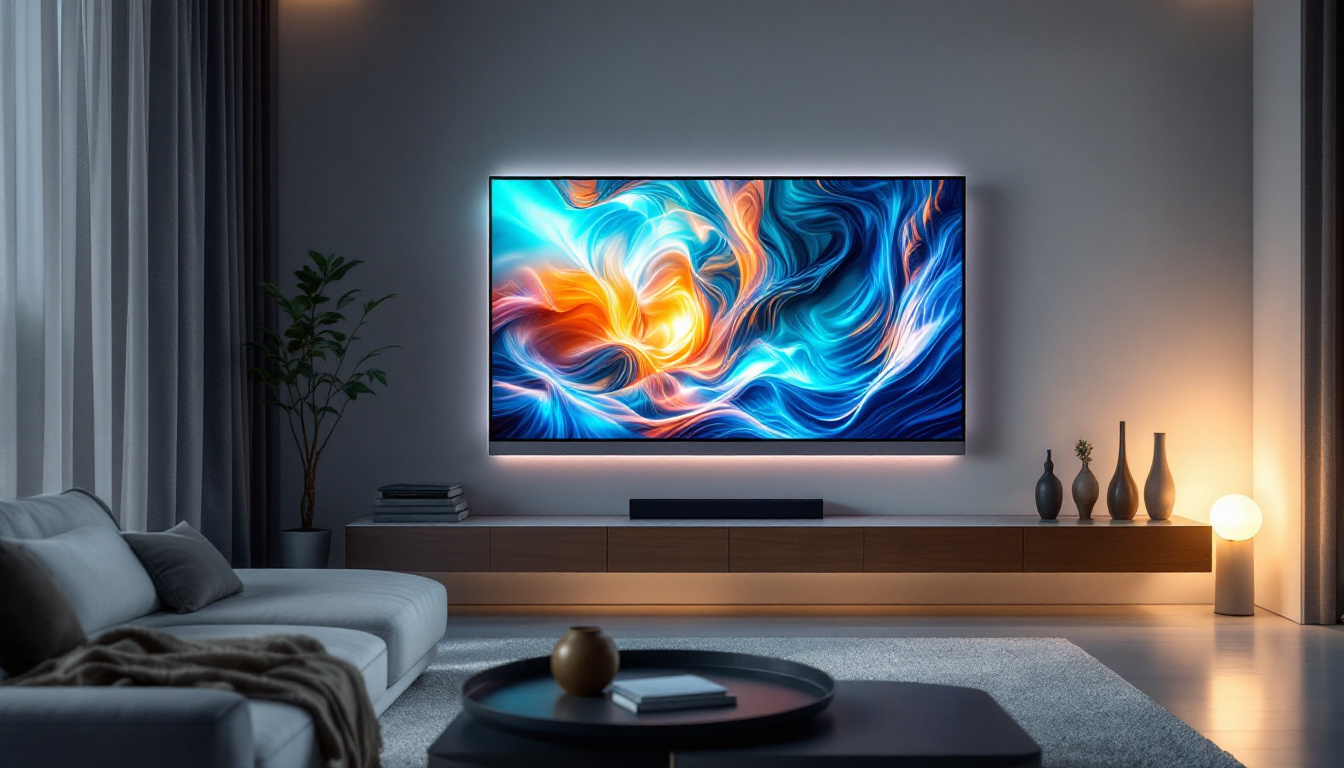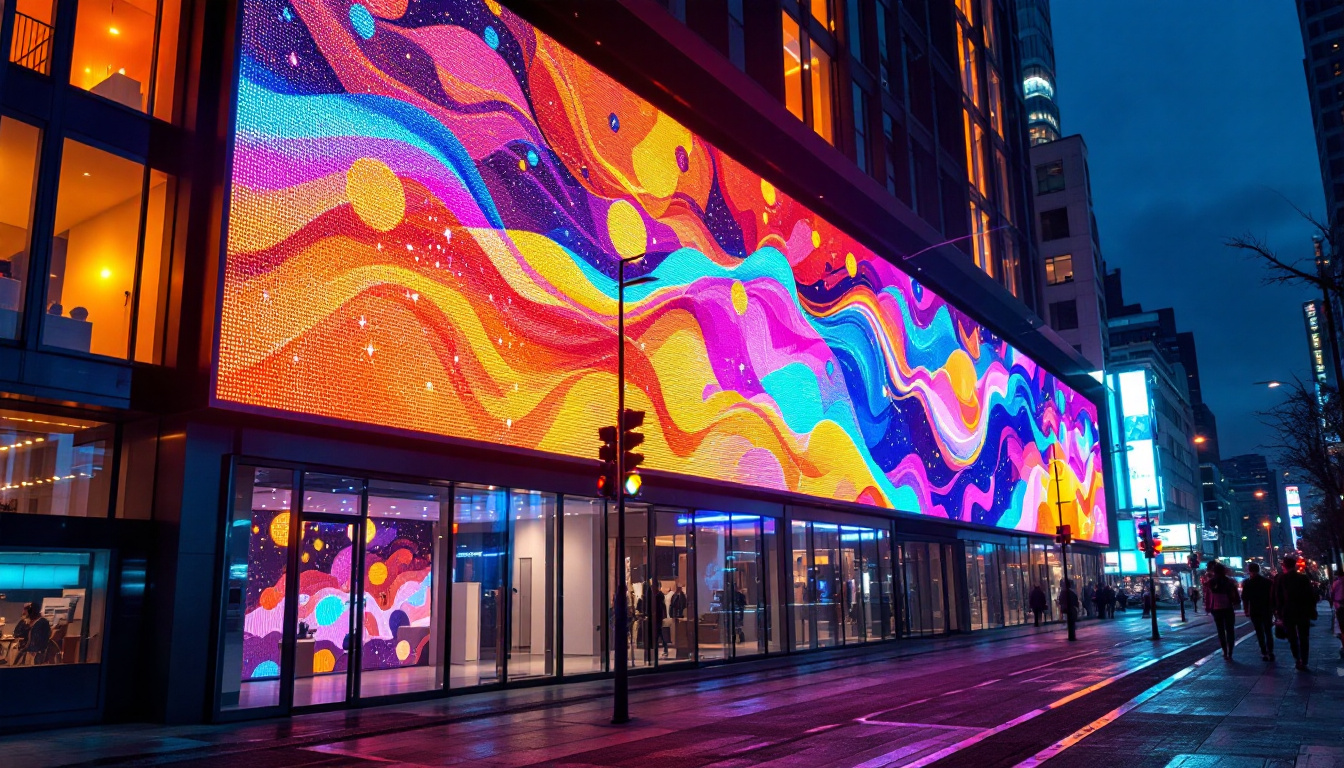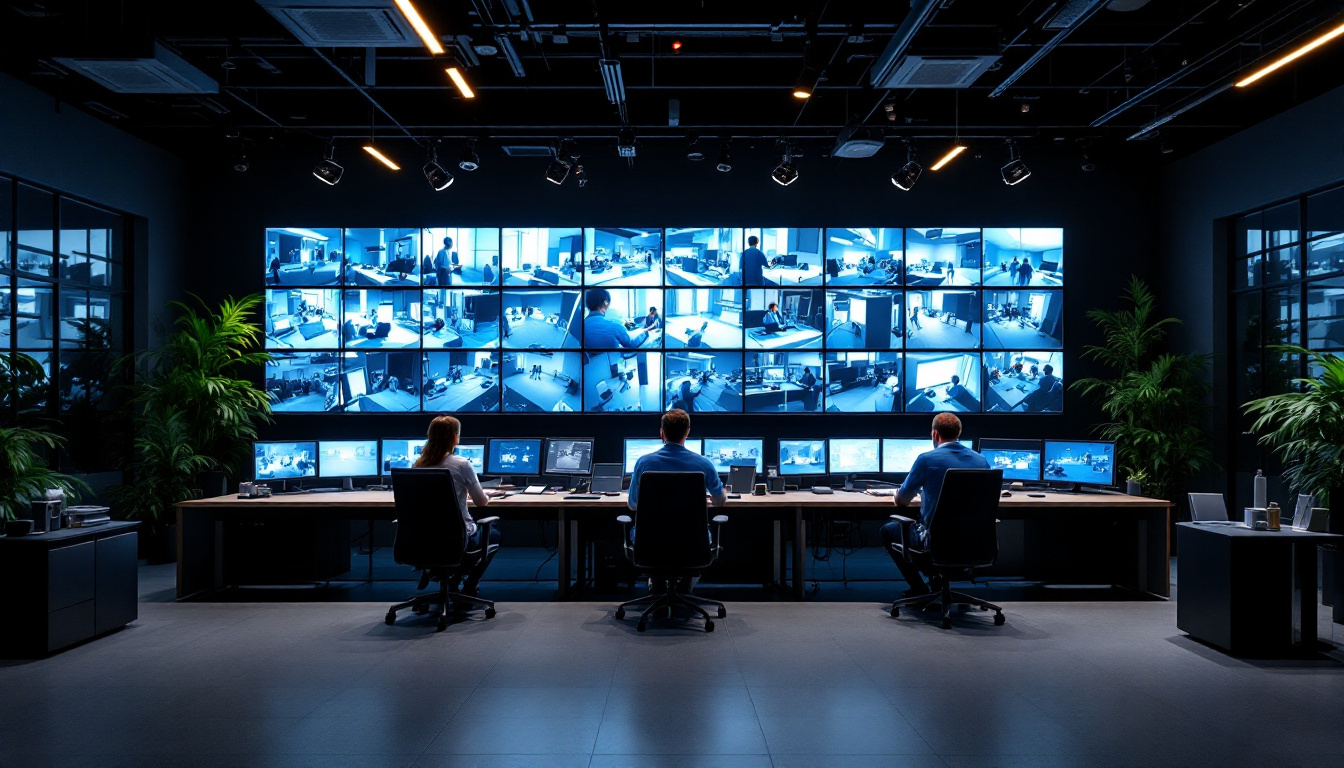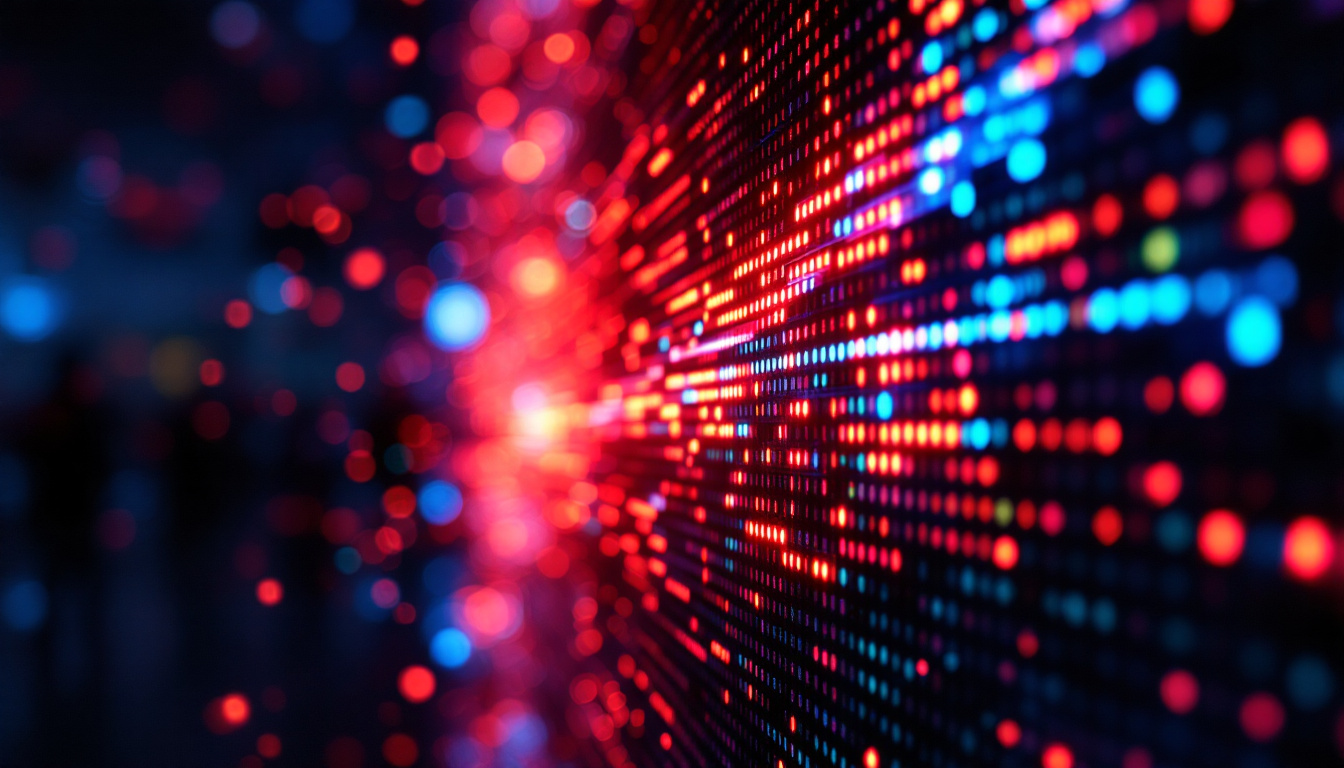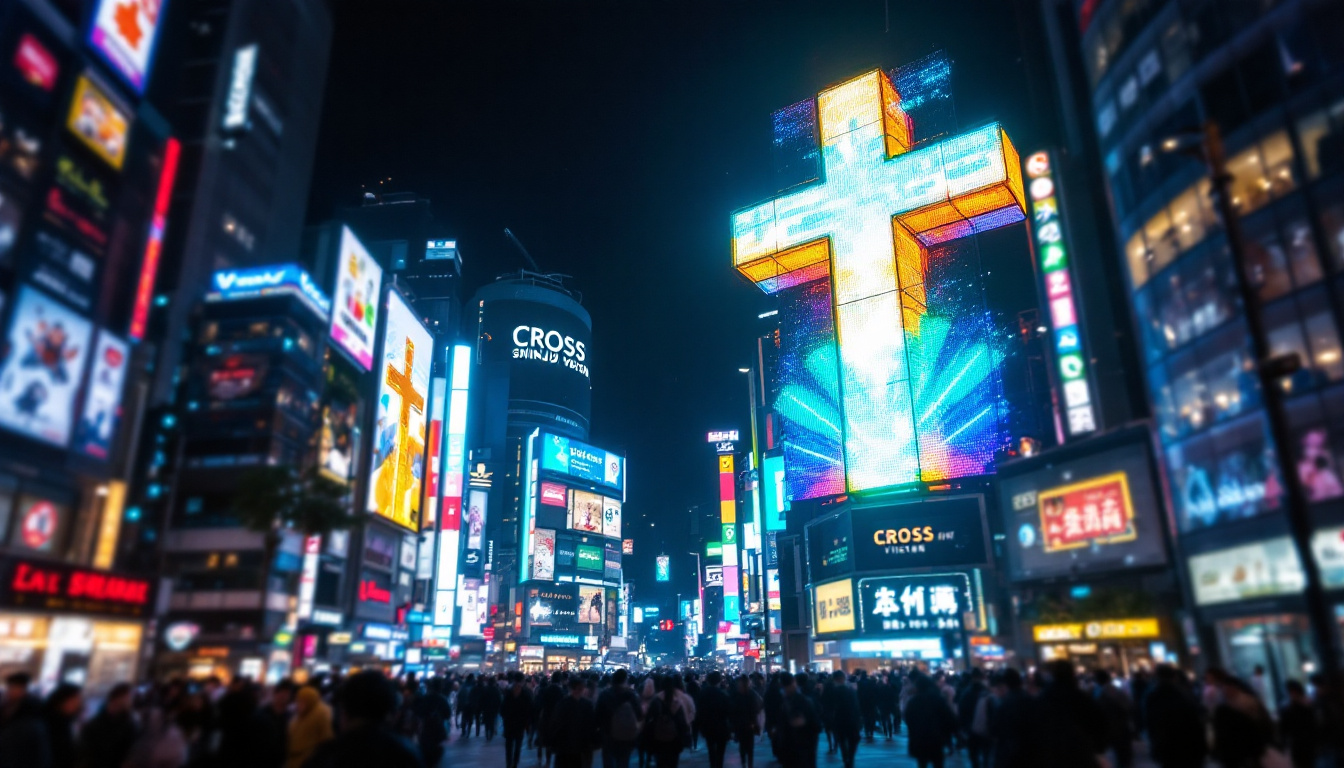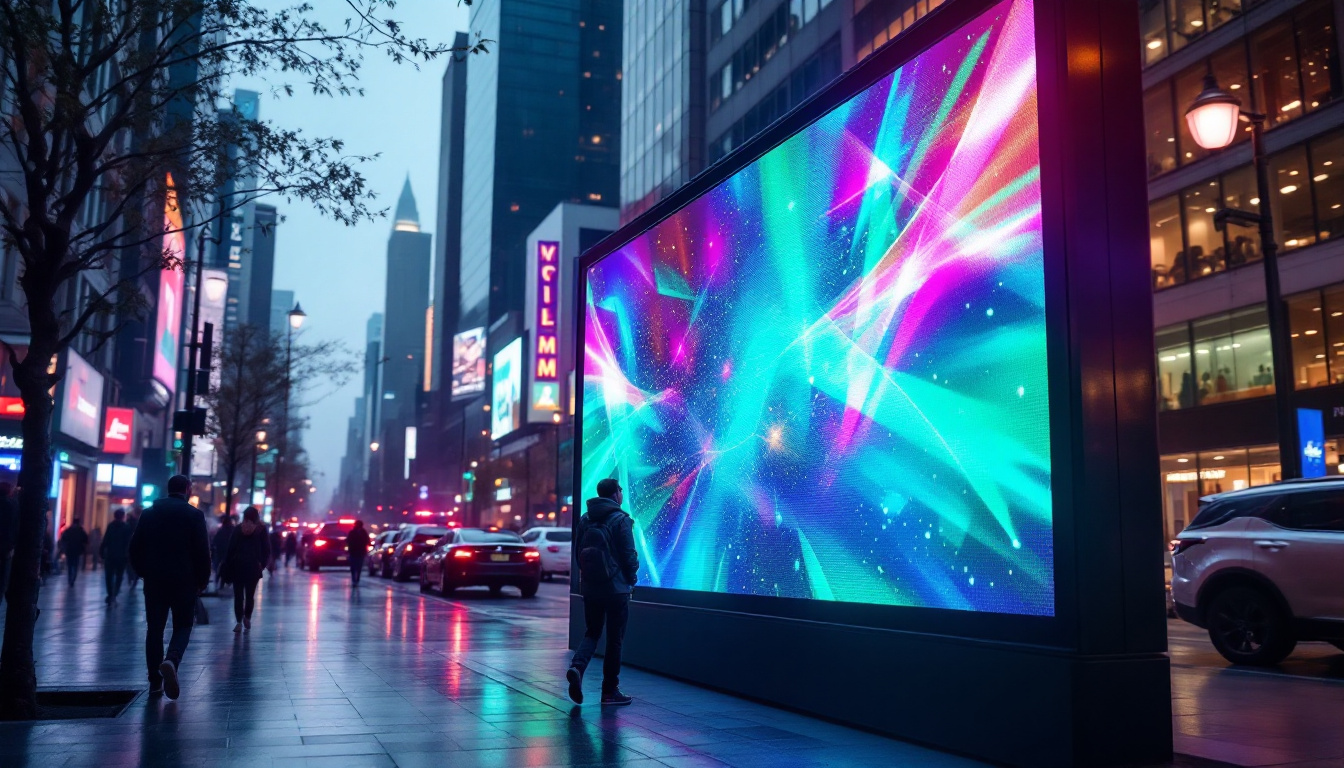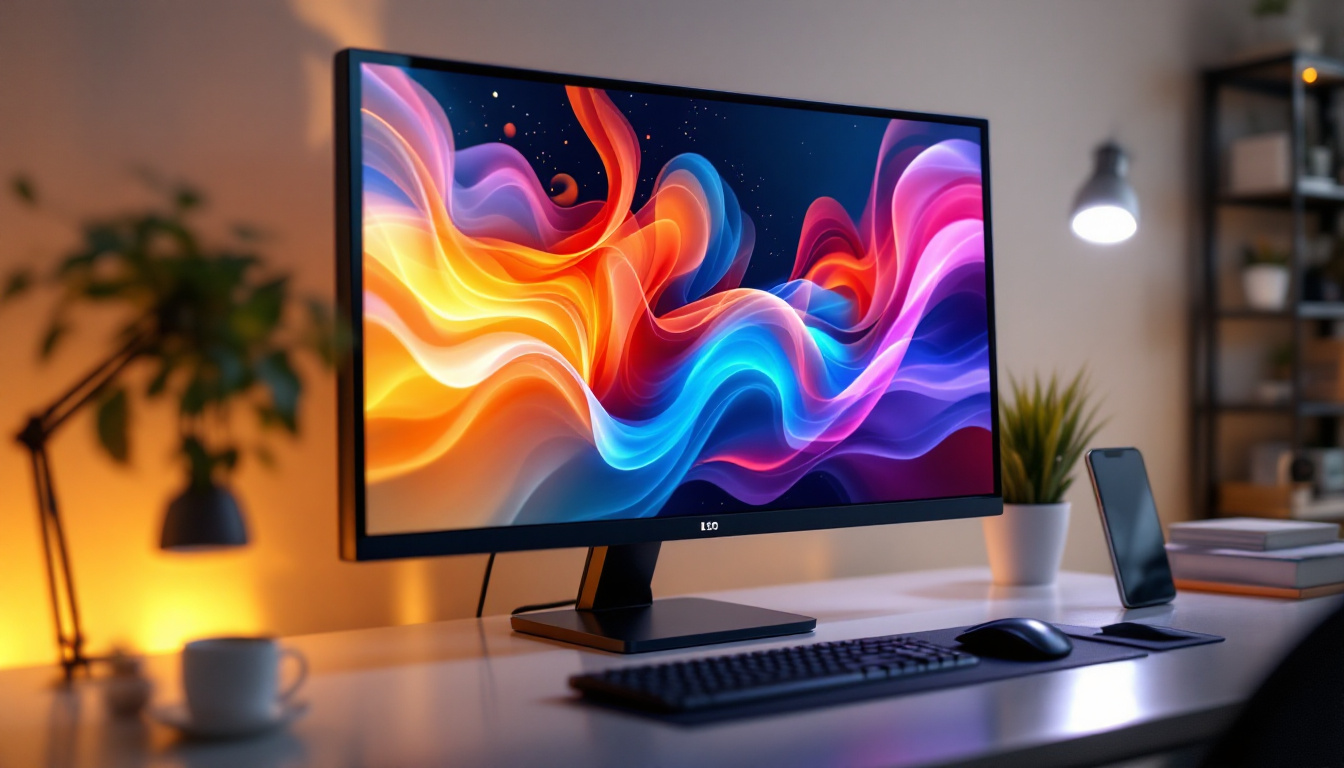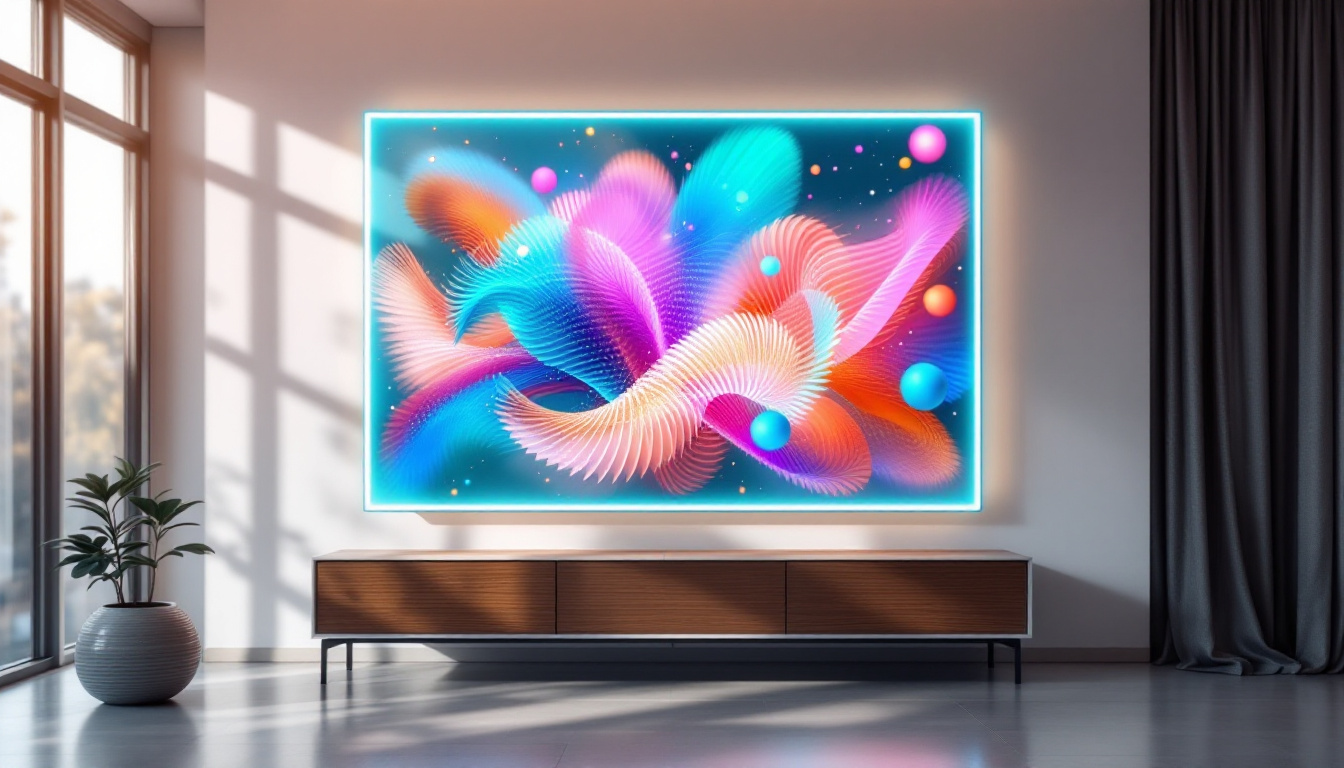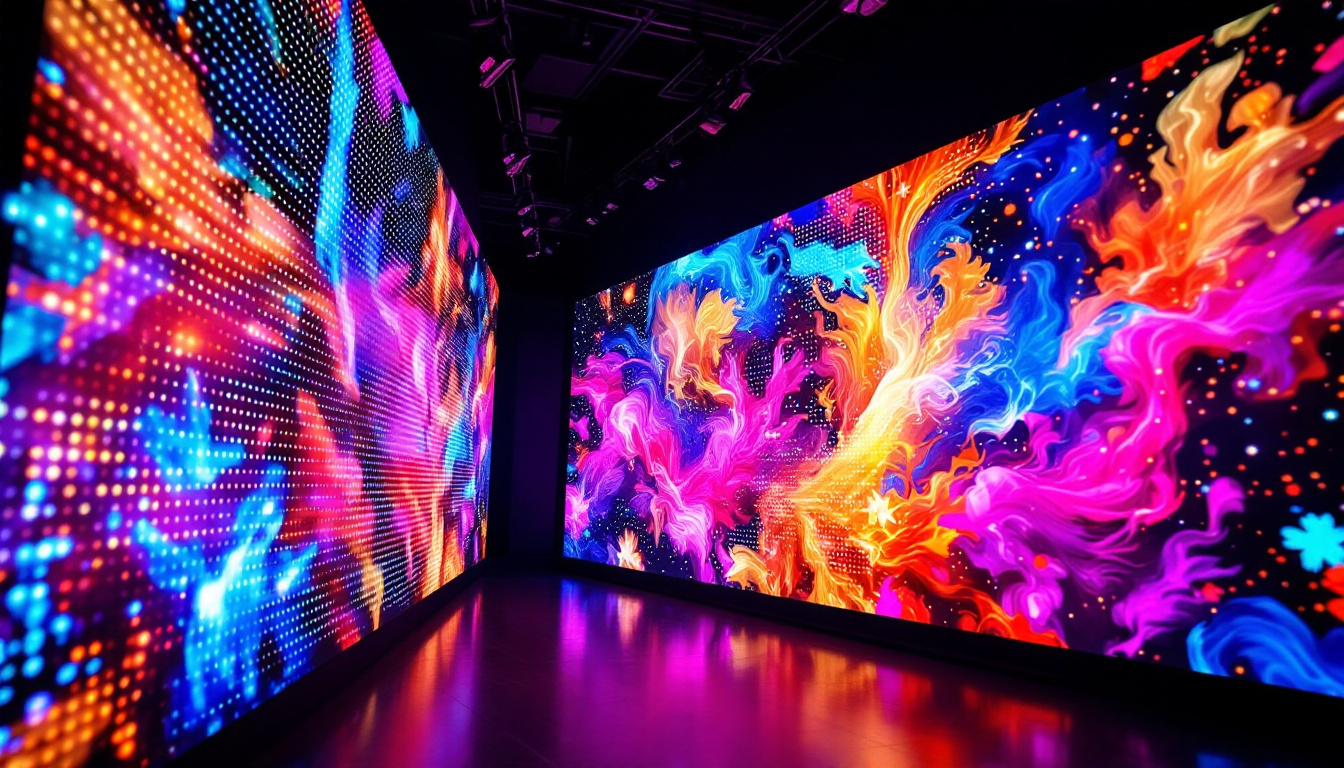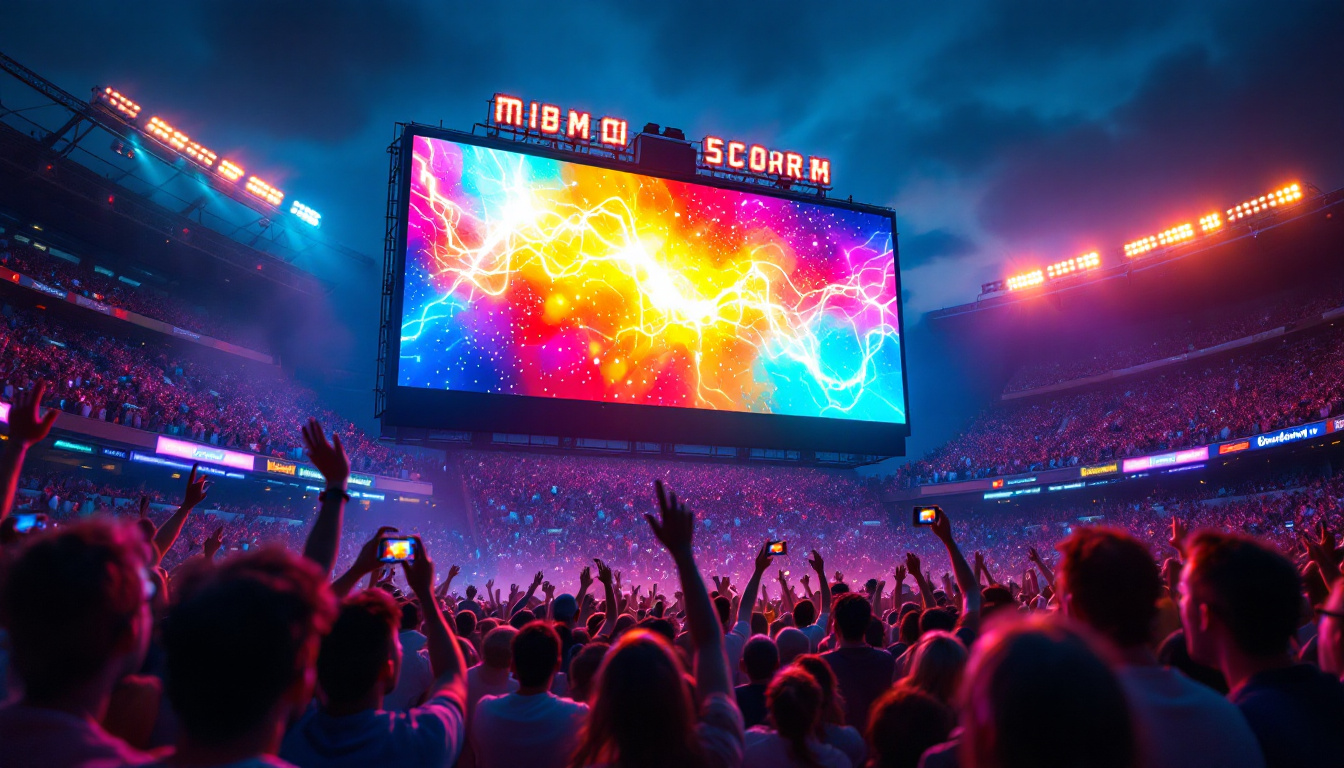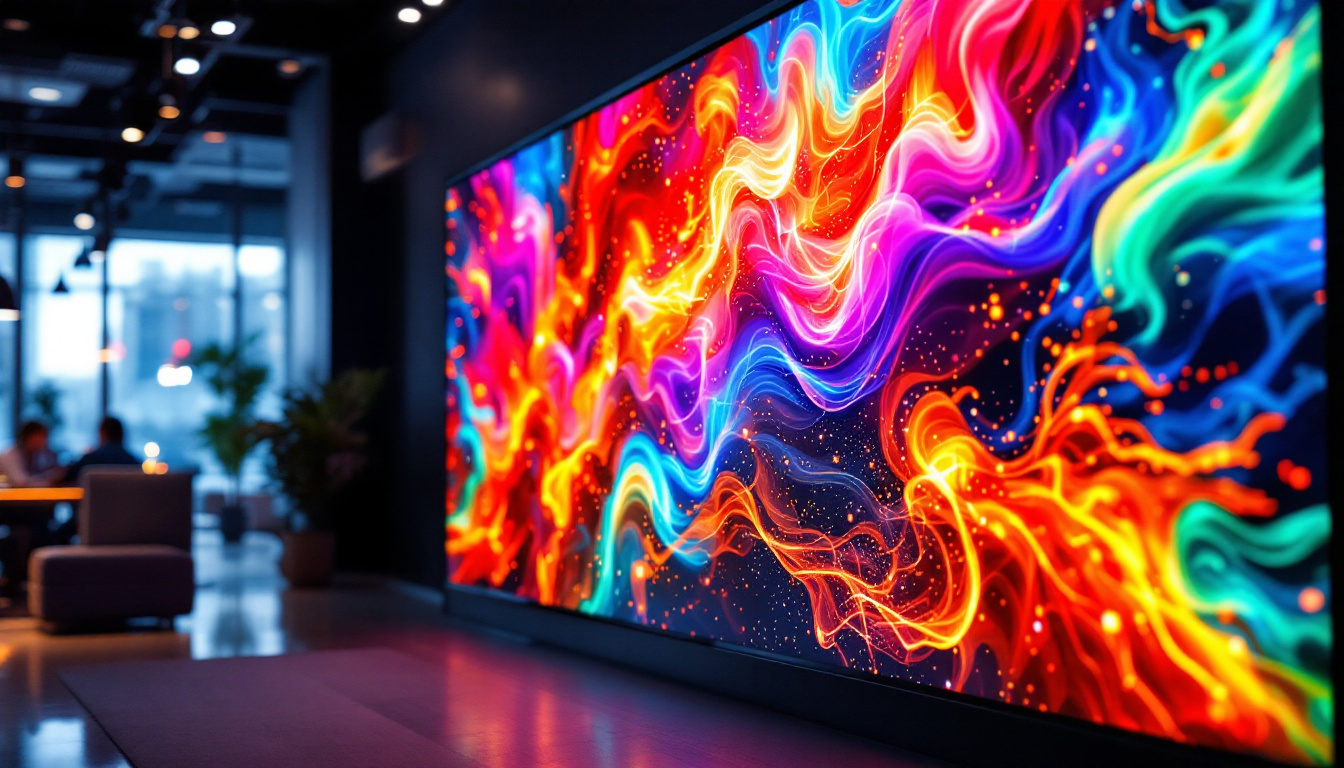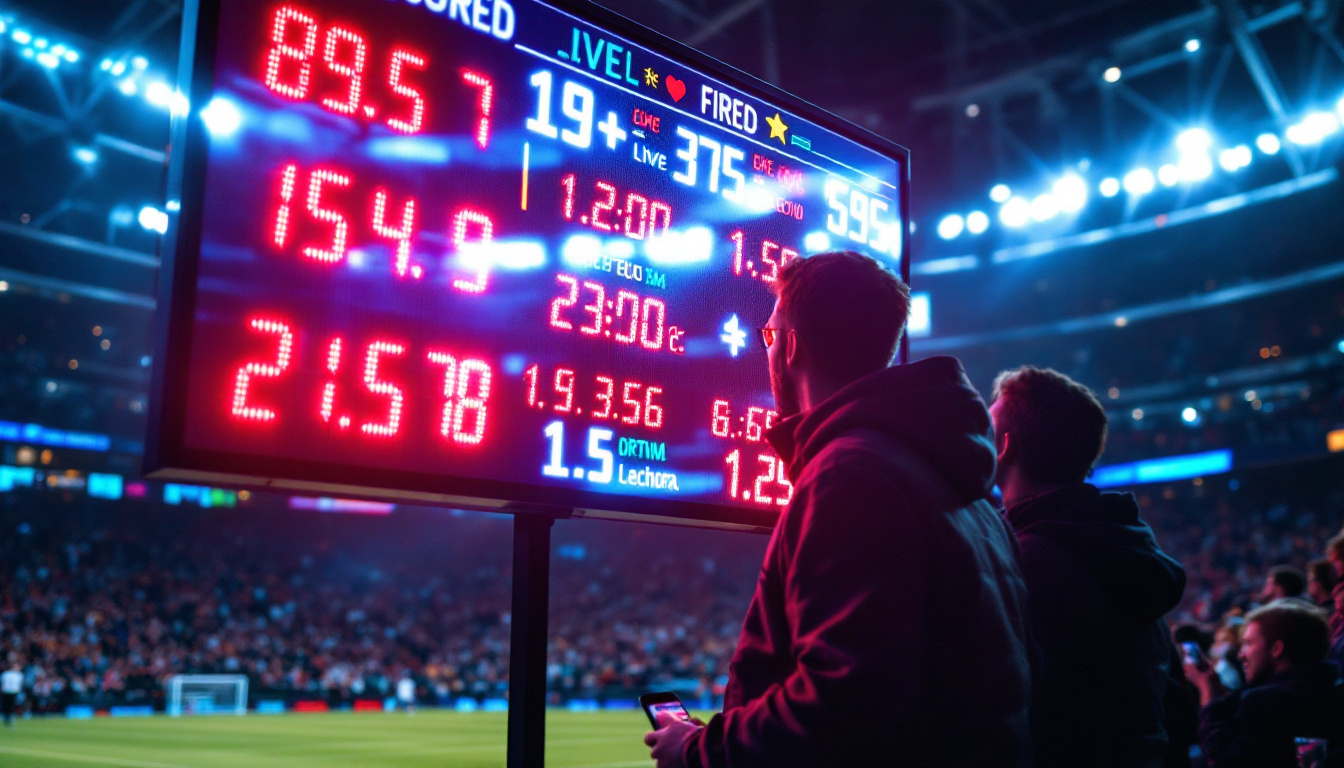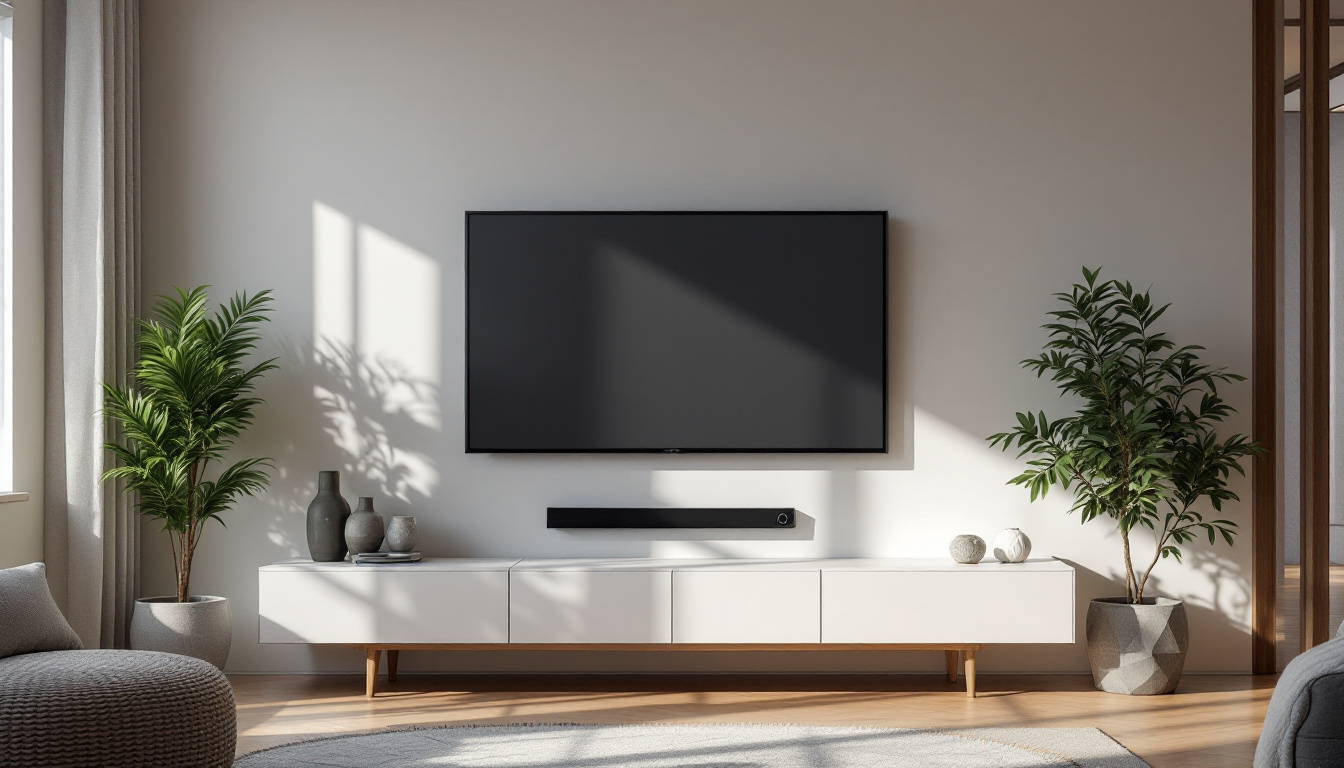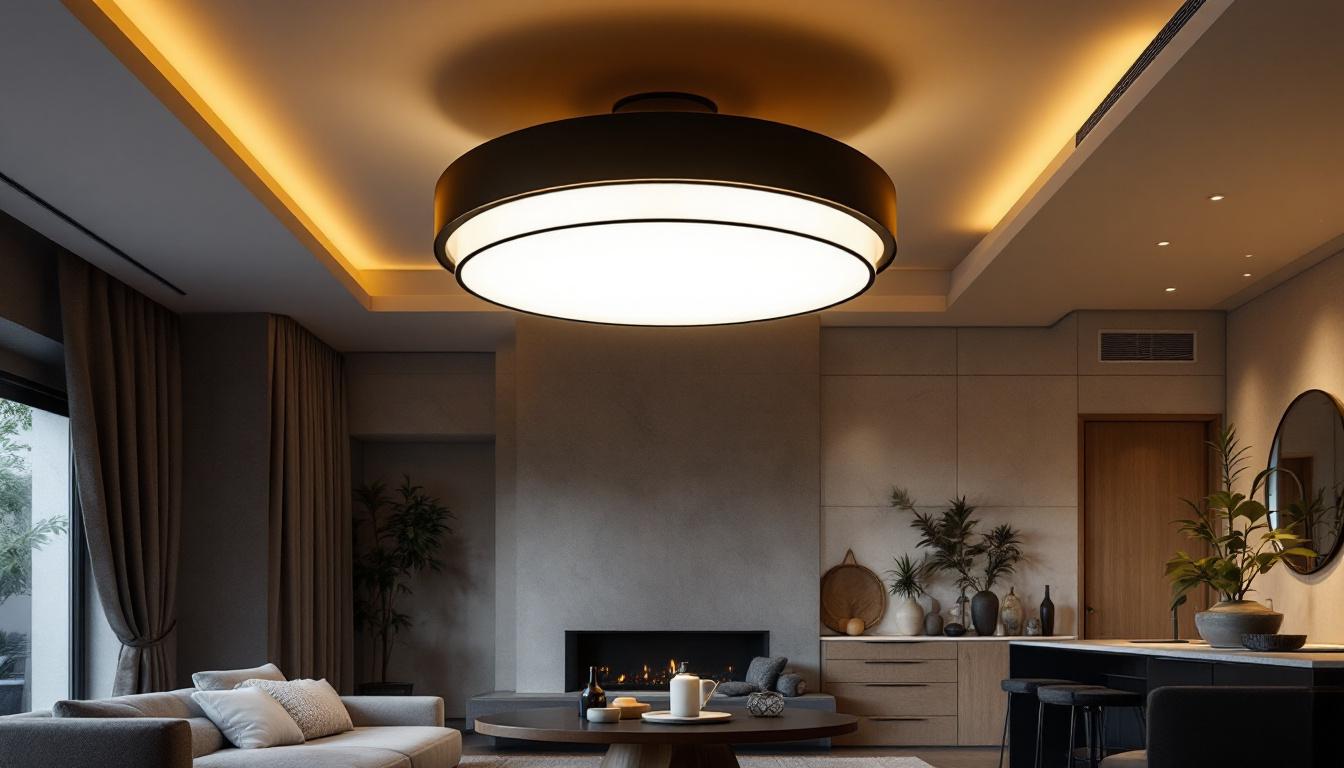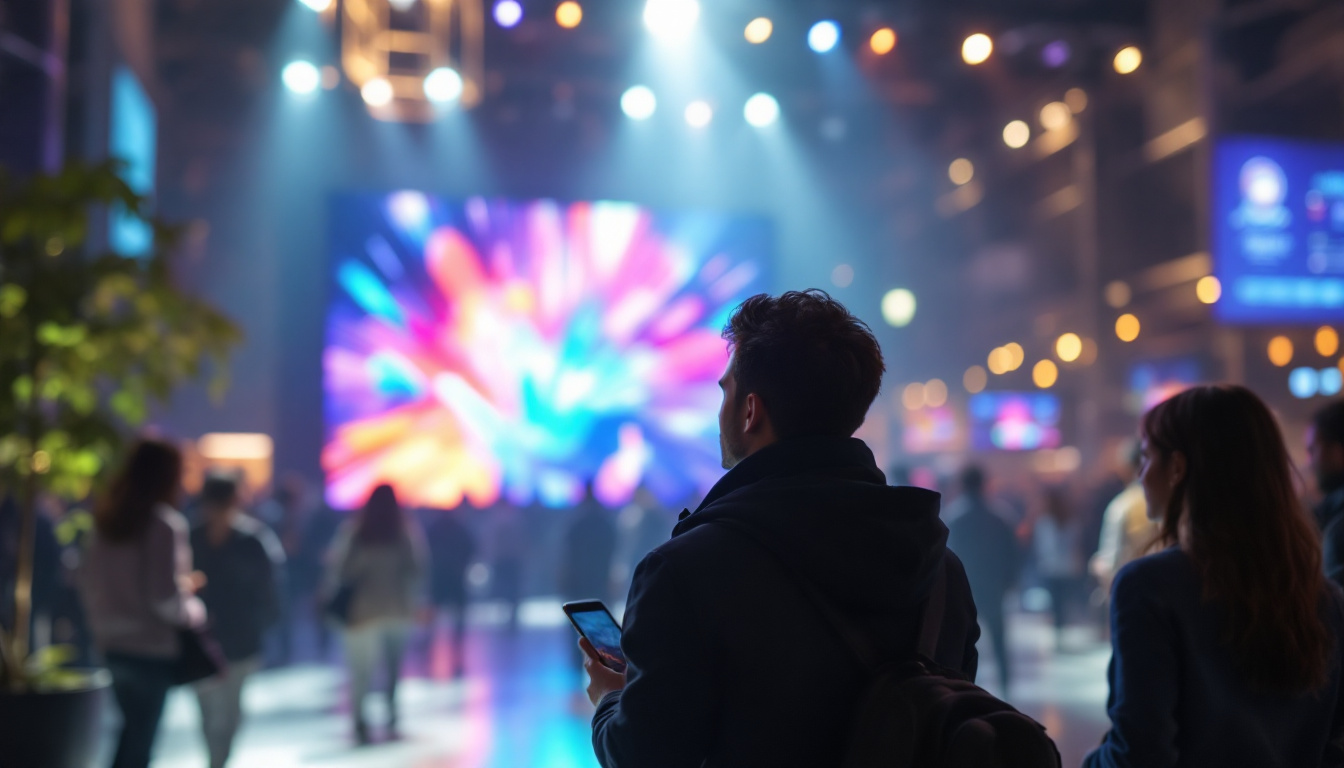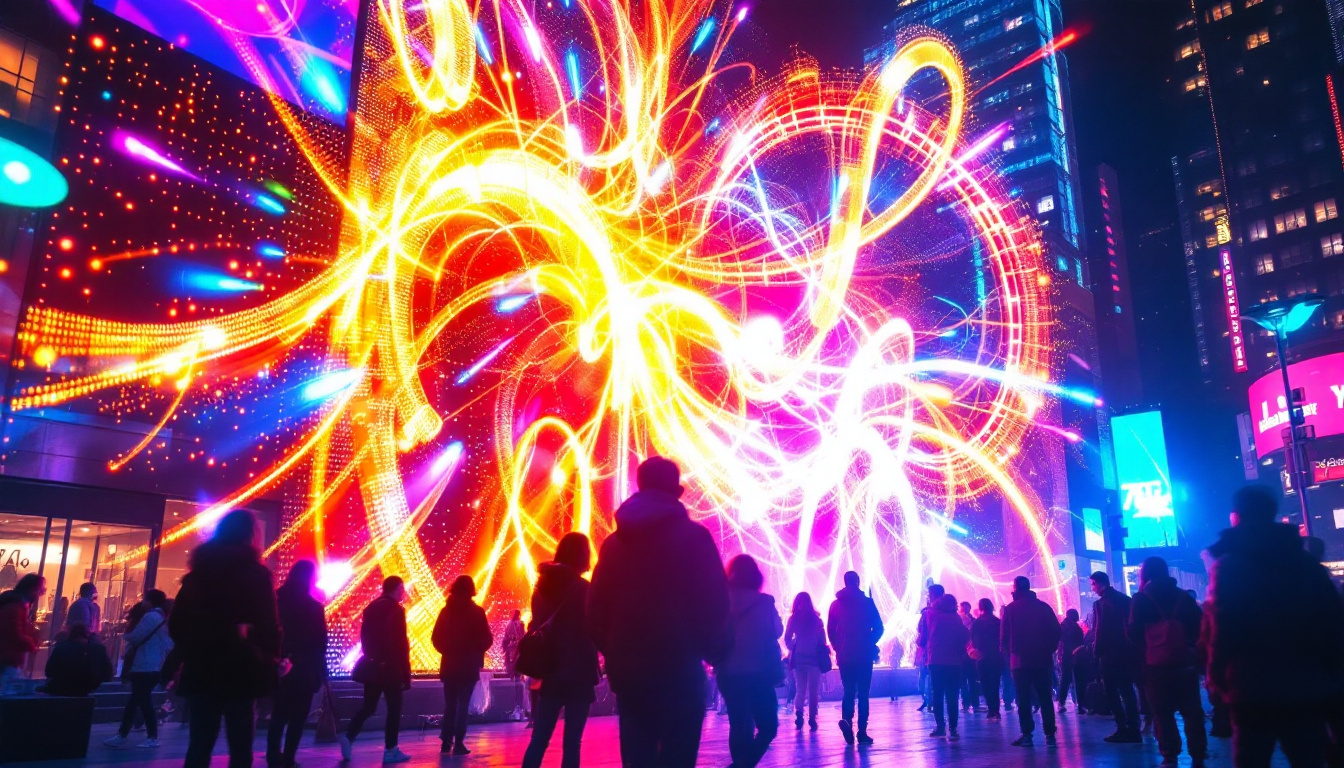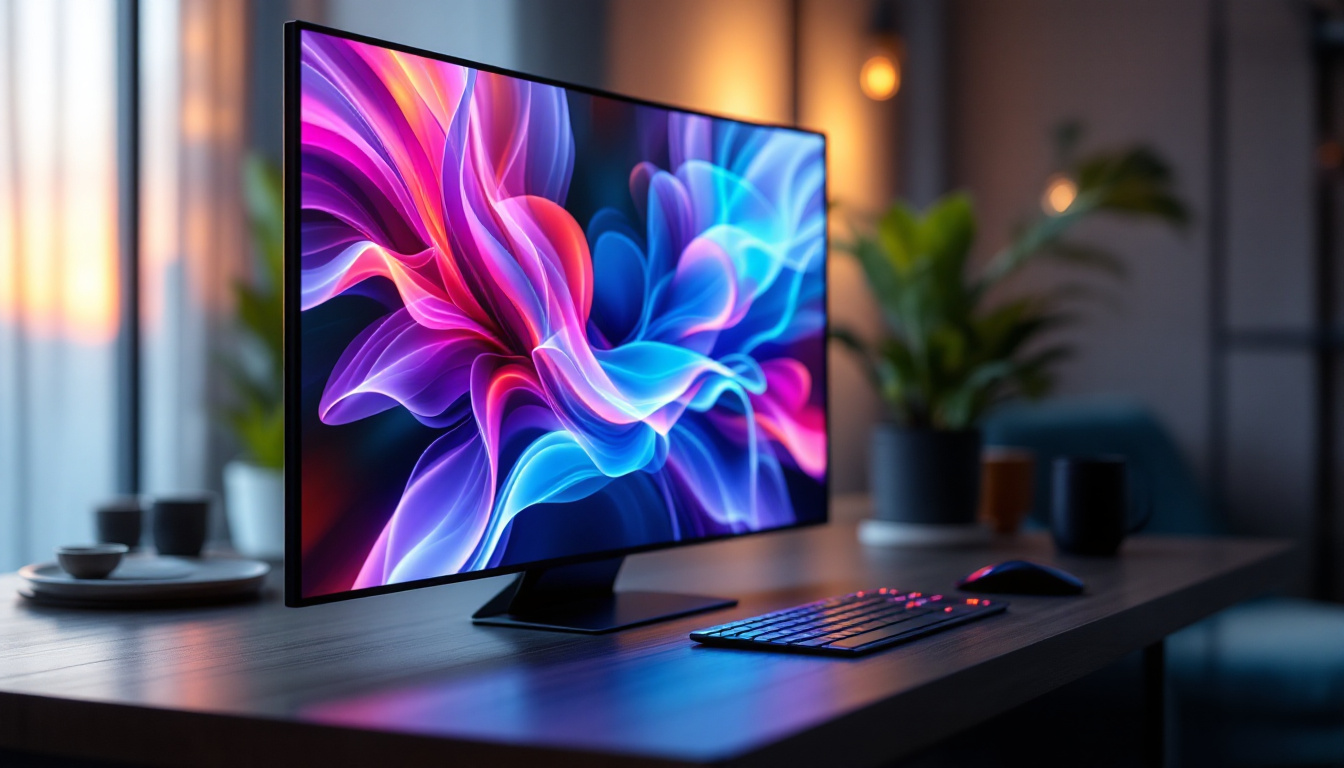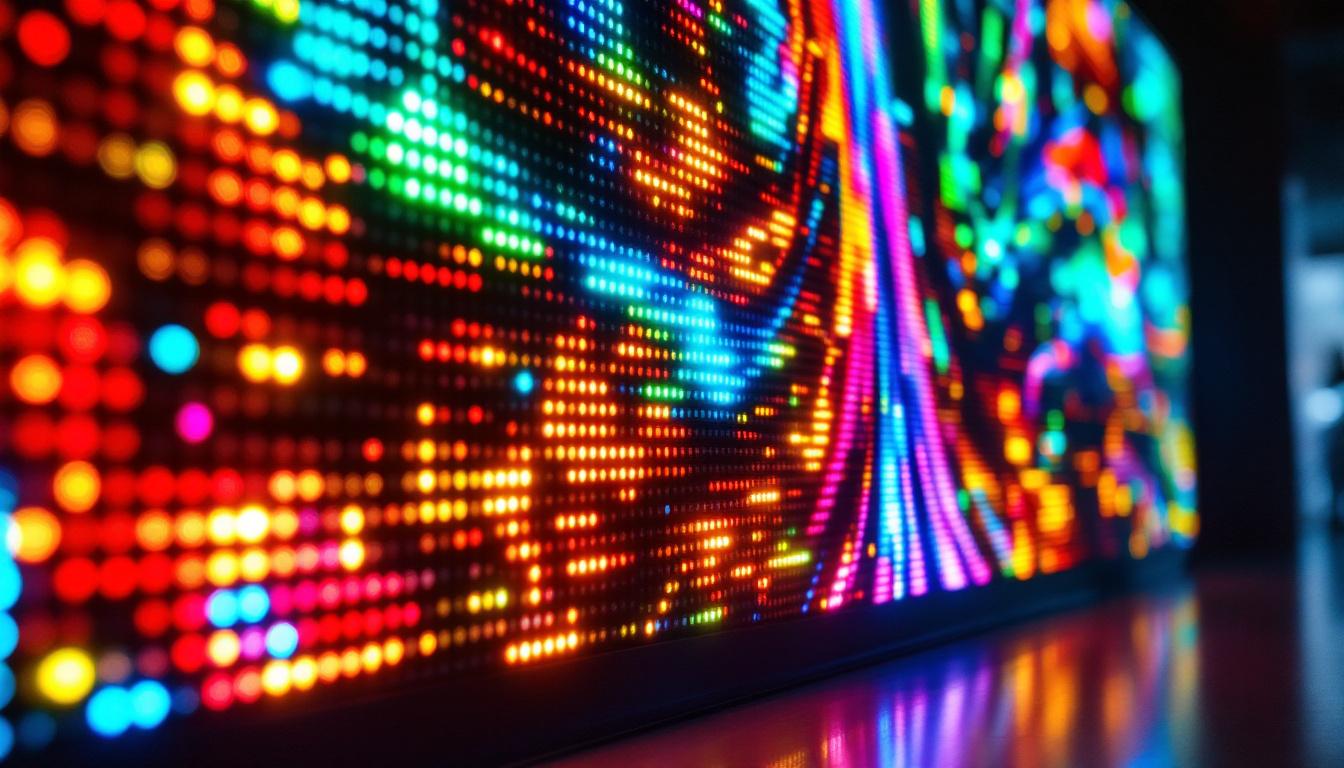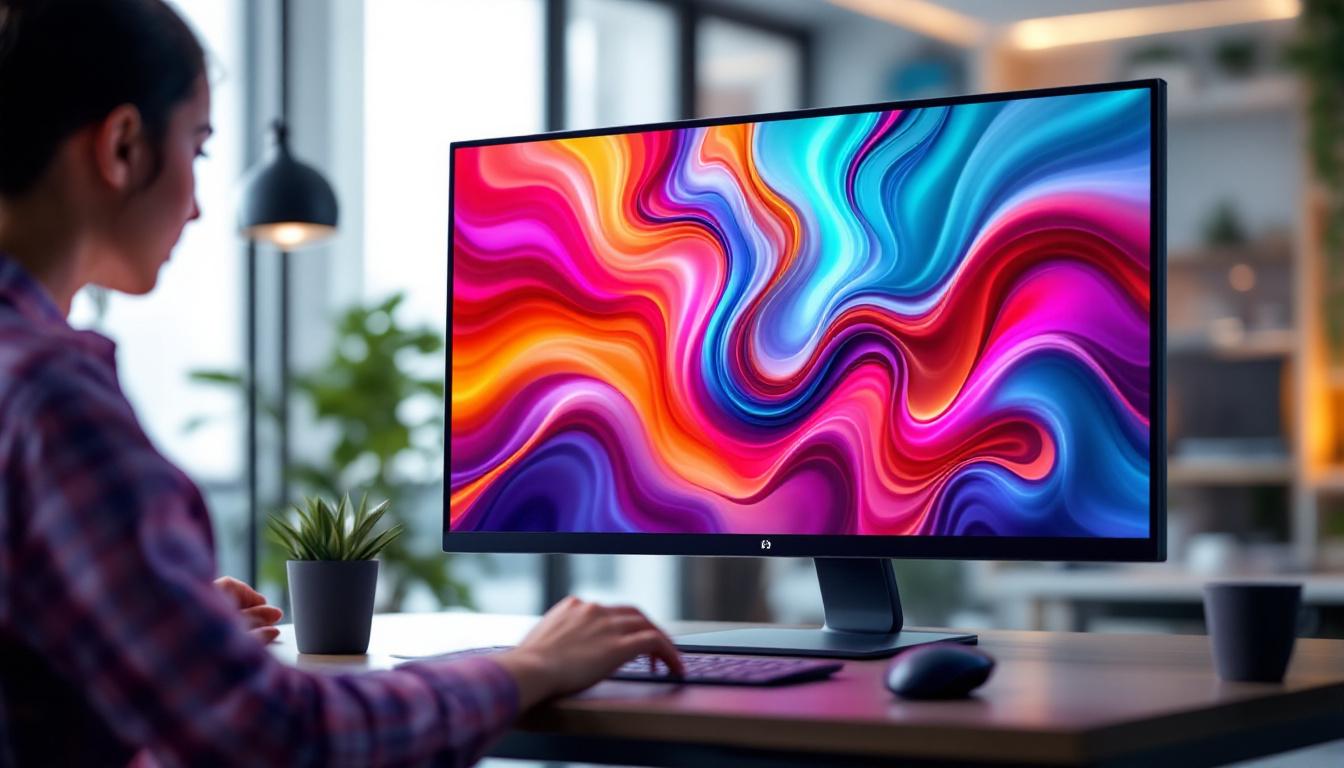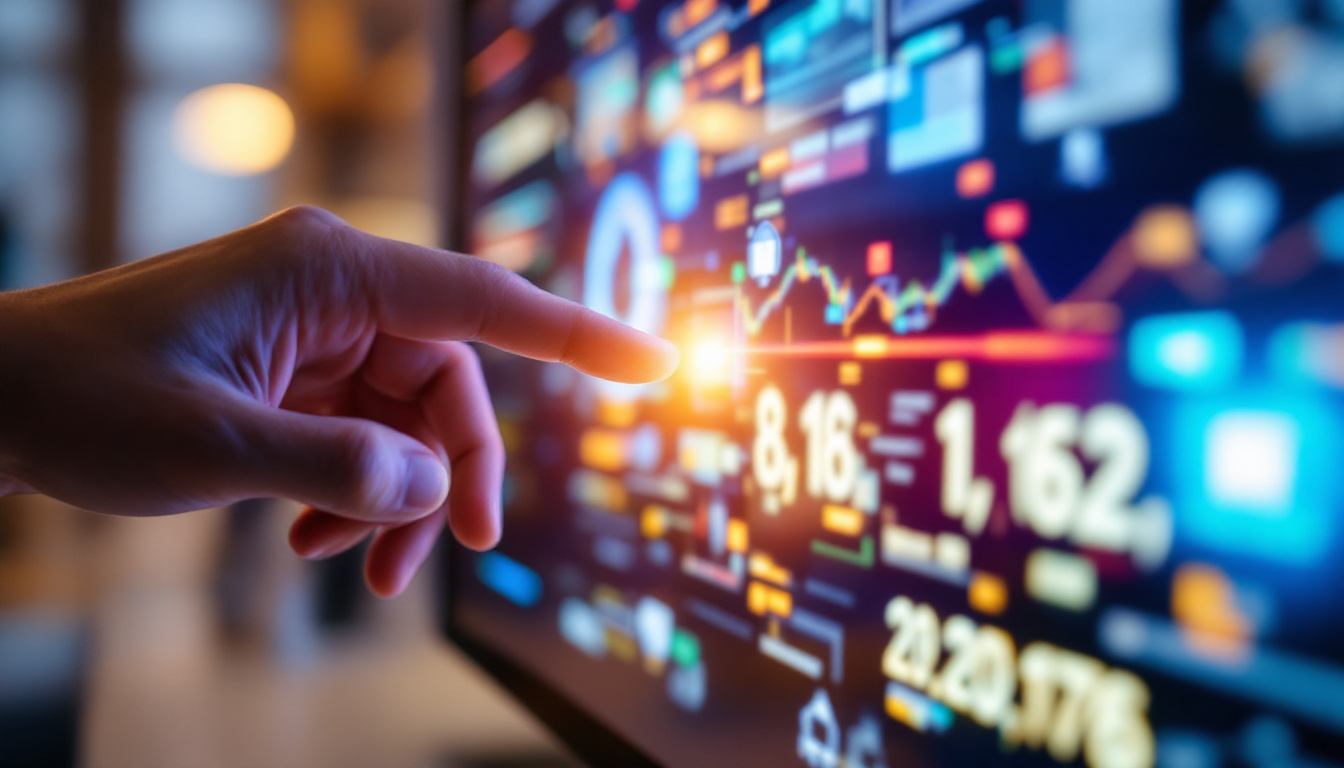In today’s fast-paced digital world, LED displays have become a vital part of various industries, from entertainment to corporate events. The ability to rent LED screens has revolutionized how businesses and individuals present information, engage audiences, and create memorable experiences. This article delves into the intricacies of LED displays, their benefits, and considerations when renting them.
Understanding LED Displays
LED, or Light Emitting Diode, displays utilize semiconductor technology to produce light. This technology allows for vibrant colors, high brightness, and energy efficiency, making LED screens an ideal choice for both indoor and outdoor applications. The versatility of LED displays is one of the reasons they have gained immense popularity over traditional projection systems. Furthermore, the lifespan of LED displays is significantly longer than that of conventional screens, often exceeding 50,000 hours, which translates to years of reliable service without the need for frequent replacements. This durability not only reduces maintenance costs but also minimizes environmental impact, as fewer screens end up in landfills.
Types of LED Displays
LED displays come in various types, each designed to serve specific purposes. The most common types include:
- Indoor LED Displays: These screens are designed for use in enclosed spaces, offering high resolution and brightness suitable for close viewing distances. They are often used in environments such as conference rooms, shopping malls, and sports arenas, where clarity and detail are paramount.
- Outdoor LED Displays: Built to withstand harsh weather conditions, outdoor displays are brighter and have lower pixel density, making them suitable for larger viewing distances. These displays are commonly found in billboards, stadiums, and public squares, where they need to be visible in direct sunlight and from far away.
- Transparent LED Displays: These innovative screens allow for visibility through the display, making them perfect for retail environments and creative installations. They can be used in shop windows or as part of architectural designs, providing an eye-catching way to showcase products while maintaining a sense of openness.
Each type of LED display serves unique purposes, and understanding these distinctions is crucial when selecting the right screen for an event or installation. Additionally, advancements in technology have led to the development of flexible LED displays, which can be bent and shaped to fit unconventional spaces, further expanding the creative possibilities for designers and advertisers alike.
How LED Displays Work
The functioning of LED displays is based on the principles of light emission and pixel arrangement. Each pixel in an LED display consists of red, green, and blue diodes that combine to create a full spectrum of colors. The arrangement of these pixels determines the overall resolution and clarity of the display. This pixel-based technology allows for exceptional image quality, with the ability to produce deep blacks and bright whites, enhancing the viewing experience.
Additionally, LED screens can be modular, allowing for flexible configurations. This modularity enables event planners to create custom shapes and sizes, accommodating various venue layouts and audience sizes. For instance, a modular LED display can be assembled into a large video wall for concerts or exhibitions, providing a stunning visual backdrop that captivates audiences. The ease of installation and disassembly of these modular systems also makes them ideal for temporary events, where quick setup and takedown are essential. As technology continues to evolve, we can expect even more innovative applications and enhancements in LED display capabilities, further solidifying their place in modern visual communication.
The Benefits of Renting LED Screens
Renting LED screens offers numerous advantages over purchasing them outright. For many businesses and event organizers, the flexibility and cost-effectiveness of rentals make them an attractive option.
Cost-Effectiveness
One of the most significant benefits of renting LED displays is the cost savings. Purchasing high-quality LED screens can be a substantial investment, especially for organizations that may only need them for specific events. Renting allows access to the latest technology without the financial burden of ownership.
Moreover, rental agreements often include maintenance and support, ensuring that the equipment is in optimal condition without additional costs for repairs or upgrades. This means that businesses can focus their resources on other critical aspects of their events, such as marketing and logistics, rather than worrying about the technical details of the display equipment.
Access to the Latest Technology
The rapid evolution of LED technology means that newer models with enhanced features are constantly being released. Renting allows businesses to access the latest advancements without being tied to outdated equipment. This is particularly beneficial for companies looking to impress clients or audiences with cutting-edge displays.
Additionally, rental companies often provide a range of options, enabling users to choose the best screen for their specific needs, whether it be for a corporate event, concert, or trade show. With features like high-definition resolution, vibrant color accuracy, and advanced connectivity options, businesses can create visually stunning presentations that capture attention and enhance engagement.
Flexibility and Scalability
Renting LED screens provides unparalleled flexibility. Event organizers can easily scale the size and type of display based on the venue and audience size. Whether it’s a small indoor meeting or a large outdoor festival, rental options can be tailored to fit the specific requirements.
This adaptability extends to the duration of the rental as well. Organizations can rent screens for a single day or for extended periods, depending on their needs. This flexibility ensures that businesses can respond quickly to changing demands without the hassle of managing ownership logistics. Furthermore, many rental companies offer delivery and setup services, allowing event planners to focus on other critical tasks while ensuring that the display is perfectly positioned and functioning correctly. This level of service can significantly reduce stress during the planning process, making events run more smoothly and efficiently.
Key Considerations When Renting LED Screens
While renting LED screens offers many benefits, there are essential considerations to keep in mind to ensure a successful experience. Understanding these factors can help in making informed decisions that align with event goals.
Event Requirements
Before renting an LED screen, it is crucial to assess the specific requirements of the event. This includes understanding the venue size, audience distance, and lighting conditions. For instance, outdoor events may require brighter screens to combat sunlight, while indoor events may prioritize higher resolution for closer viewing.
Additionally, consider the content that will be displayed. High-resolution graphics or videos may require a different type of screen compared to simple text or logos. A clear understanding of these requirements will guide the selection process.
Rental Company Reputation
Choosing a reputable rental company is vital for ensuring a smooth rental experience. Research potential vendors by reading reviews and asking for recommendations. A reliable rental company should provide high-quality equipment, professional support, and clear communication throughout the rental process.
Furthermore, inquire about their maintenance practices and technical support. A company that offers on-site assistance during the event can be invaluable in case of technical issues.
Logistics and Setup
Logistics play a significant role in the success of an LED screen rental. Consider factors such as delivery, setup, and takedown. Ensure that the rental agreement includes these services to avoid last-minute complications.
Additionally, assess the power requirements and connectivity options for the LED screens. Proper planning for these logistical elements can help prevent technical difficulties during the event, allowing for a seamless experience.
Applications of LED Displays
LED displays are versatile and can be utilized across various industries and applications. Their adaptability makes them suitable for a wide range of events and settings.
Corporate Events
In the corporate world, LED screens are often used for presentations, conferences, and trade shows. Their ability to display high-quality visuals and information makes them an effective tool for engaging audiences and enhancing communication.
Moreover, LED displays can be used for live streaming events, allowing remote participants to engage with the content. This capability has become increasingly important in the era of hybrid events, where in-person and virtual audiences coexist.
Entertainment and Concerts
In the entertainment industry, LED screens are a staple at concerts, festivals, and live performances. They create dynamic visual experiences that enhance the overall atmosphere of an event. From large-scale video walls to smaller screens for specific performances, LED displays help artists connect with their audience in innovative ways.
Furthermore, the ability to synchronize visuals with music adds an extra layer of excitement, making LED screens an essential component of modern entertainment.
Retail and Advertising
Retailers and advertisers have embraced LED displays for their ability to attract attention and convey messages effectively. digital signage powered by LED technology can be used for promotions, product launches, and brand storytelling.
These displays can be strategically placed in high-traffic areas to maximize visibility and engagement. Additionally, the flexibility of LED screens allows for quick content updates, ensuring that messages remain relevant and timely.
Conclusion
Renting LED screens has transformed the way businesses and individuals approach presentations, events, and advertising. With their vibrant visuals, flexibility, and cost-effectiveness, LED displays offer a powerful tool for engaging audiences and creating memorable experiences.
As technology continues to evolve, the benefits of renting LED screens will only grow. By understanding the intricacies of LED displays and considering key factors when renting, organizations can leverage this technology to enhance their events and achieve their goals.
In a world where first impressions matter, investing in high-quality LED displays—whether through rental or purchase—can make a significant difference in how messages are conveyed and received. Embracing this technology is not just a trend; it’s a strategic move toward more effective communication and engagement.
Discover LumenMatrix’s Innovative LED Solutions
Ready to elevate your events and presentations with cutting-edge LED technology? Look no further than LumenMatrix, a pioneer in the realm of LED display solutions. From mesmerizing Indoor LED Wall Displays to robust Outdoor LED Wall Displays, and from versatile Vehicle LED Displays to sleek LED Poster Displays, LumenMatrix offers an extensive range of products designed to transform your visual communication. Whether you’re looking to captivate your audience with a Custom LED Display or engage fans with an LED Sports Display, LumenMatrix has the perfect solution to meet your needs. Don’t miss the opportunity to make a lasting impression with high-quality LED displays. Check out LumenMatrix LED Display Solutions today and step into the future of dynamic and impactful visual storytelling.

